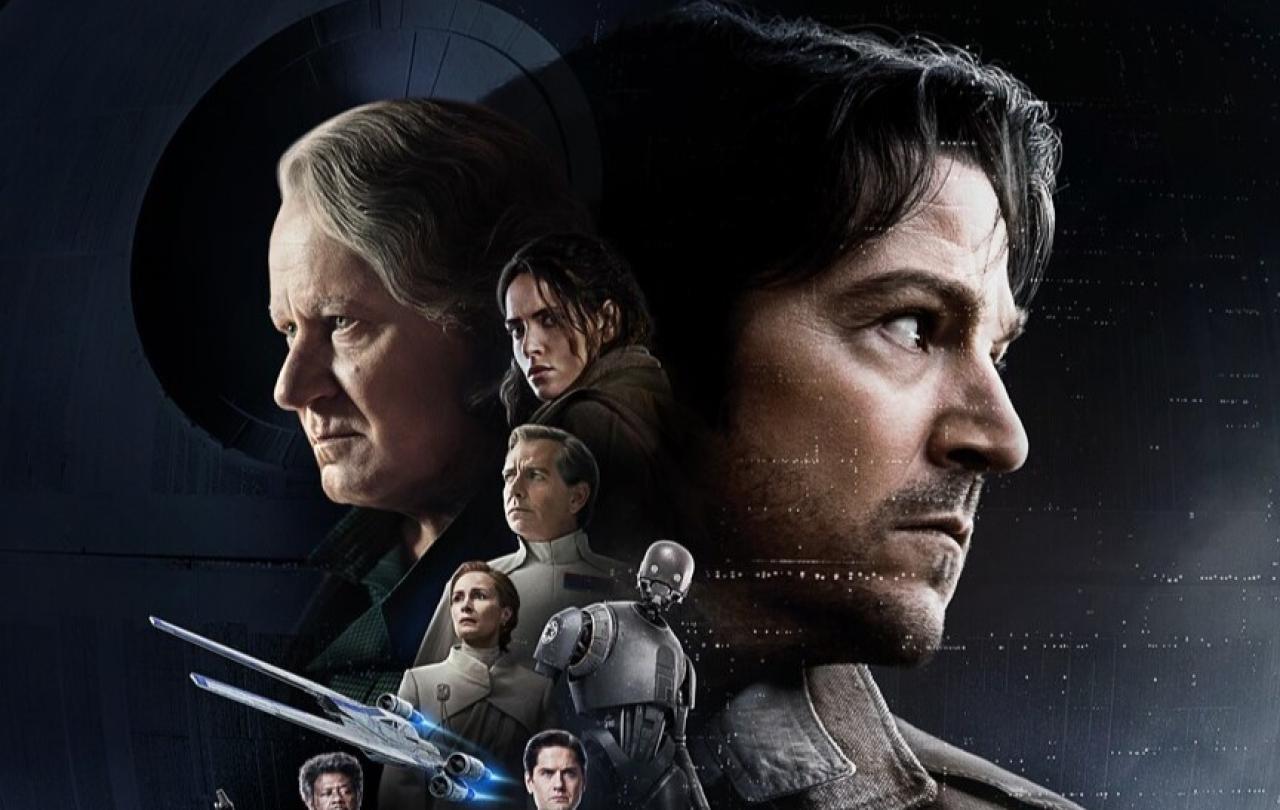
When it comes to war, what do women see that men don’t? This is the question asked repeatedly throughout British filmmaker Margy Kinmonth’s new documentary War Paint: Women at War. The third part of a trilogy, the film focuses on the stories of female artists who have created art in their experience of war and conflict. From British women during the London Blitz to those responding to contemporary conflicts in Iran, Ukraine and Sudan, the film takes a thoughtful look into how war has been experienced by those who have been previously excluded from the story.
Zhanna Kadyrova is a Ukranian artist working from a progressing front line. One sequence shows a fight against time as her team attempts to remove one of her public sculptures as the front line draws closer. Kadyrova operates in recent conflict zones– one of her series involves transforming tiled walls in bombed-out rubble into clothes that appear to hang from the remaining walls. In the wake of violent destruction, Kadyrova wants you to remember the lives left behind.
Shirin Neshat is an Iranian photographer and artist working from New York. Her work brings together the weapon, the human body, the veil, and the text of the Qu’ran to ask questions of the impacts of the Iranian war on women. Neshat makes you look right into the eyes of these women– she puts weapons of war into their hands and thus gives them agency that the Iranian government has taken away.
Marcelle Hanselaar’s work shows the unspoken side of war- depicting the aftermath of violence and sexual assault that many women experience when conflict rips through their homes.
Women at War brings the audience through one female artist after another, depicting a diversity of styles, voices, and perspectives that range from official war commissions to illegal graffiti. The artists shown don’t even all agree with filmmaker Margy Kinmonth’s premise - that women always see things differently from men. But what they bring together is a view of war far removed from ideas of national glory that often line the halls of national galleries.
The filmmaker’s own art teacher, the painter Maggi Hambling, says this:
“For men, victory and defeat marks the end of a war. For the woman, the war doesn’t end.”
Knowing the consequences and aftermath of war– destroyed communities, post traumatic stress disorder, sexual violence, broken families, that war is more than valiance– isn’t a perspective held by women alone.
According to a recent YouGov poll, “a third of 18-40 year olds would refuse to serve in the event of a world war – even if the UK were under imminent threat of invasion.” Among reasons listed are an unwillingness “to fight for the rich and powerful – who they see as profiteers or otherwise unfairly able to avoid the consequences of conflict themselves.”
As one respondent put it: "My life is more valuable than being wasted in a war caused by rich people’s greed."
Women have been speaking up for the last 50 years, and the young have heard them. War is not glory, but trauma. Young people see this when they look around. They don’t easily buy into nationalist rhetoric and have no pretenses about the glory of war. They know war is not a place to seek accolades upon accolades, but an evil reality that pays an inordinate toll on human society.
Today, global tensions are high, and war seems more possible a reality for many in England than previously. Keir Starmer has said the government will increase military defence spending to 2.5 per cent of the national budget by 2027. But Brits aren’t lining up to buy their uniforms.
If the UK government expects its young citizens to prepare for conflict, they need to be honest about what that involves. They need to be prepared to face a knowing crowd about the realities of war and show a willingness to fight for their lives during peacetime. It’s not that young people are politically disinterested or unwilling to take a stand when it matters. Students at universities rising up in pro-Palestine protests or climate activism reveal that they care greatly about the world they are living in. They want to take an active role in shaping it, and aren’t afraid to face consequences if they find a worthy fight.
Political commentators used to think we have reached “the end of history” with liberal democracy the last man standing. But War Paint: Women at War shows us that even an end to war doesn’t bring the end of suffering. It complicates the narrative that war is a path to victory. Everyone pays the price of war, yet those in power rarely bear the burden. If leaders want young people to fight for their country, they must first prove they are fighting for them. Otherwise, no one will answer the call.
View stills from the film and find screening times.
Watch the trailer
Celebrate our 2nd birthday!
Since March 2023, our readers have enjoyed over 1,000 articles. All for free. This is made possible through the generosity of our amazing community of supporters.
If you’re enjoying Seen & Unseen, would you consider making a gift towards our work?
Do so by joining Behind The Seen. Alongside other benefits, you’ll receive an extra fortnightly email from me sharing my reading and reflections on the ideas that are shaping our times.
Graham Tomlin
Editor-in-Chief





